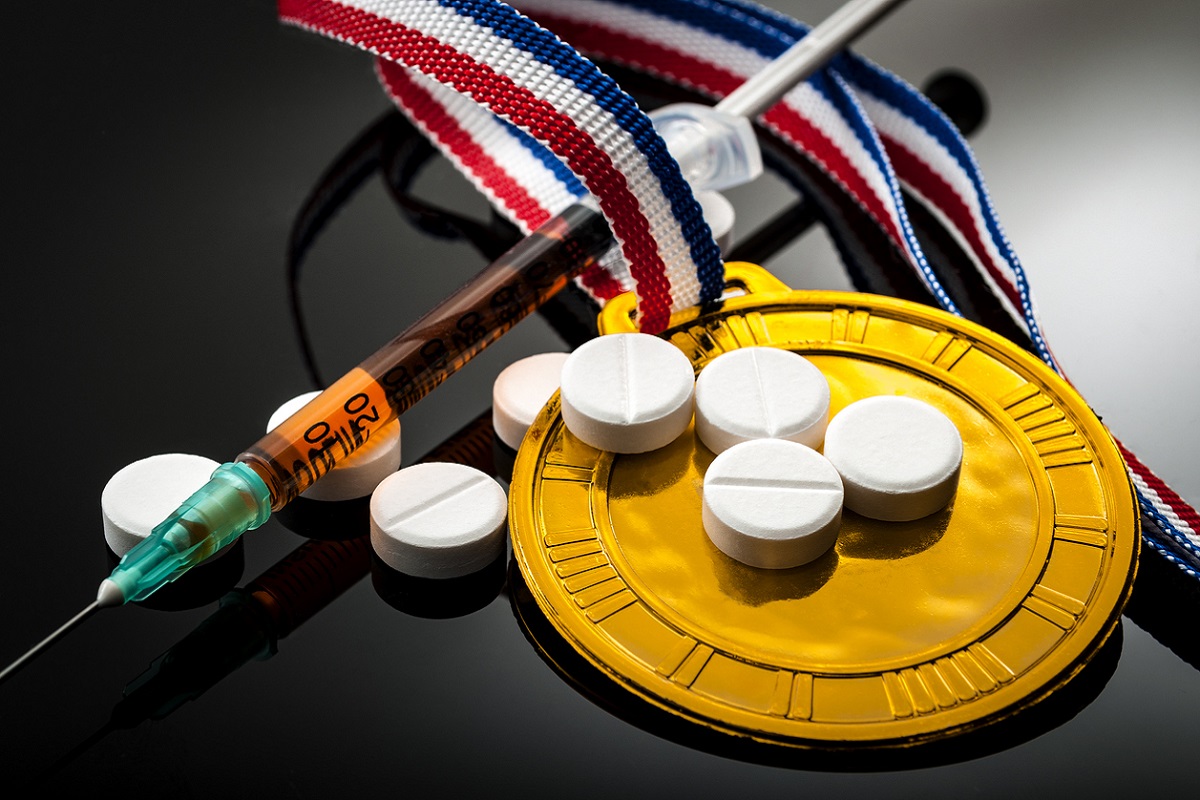Sprint legend Usain Bolt named ambassador for T20 World Cup
World record holder in the 100m, 200m and 4x100m, Bolt is expected to play a key role in promoting the event.
It has been said that there were so many positive tests that, towards the end of the show, they simply closed the sample-verifying facility.

If Seoul in 1988 saw Ben Jonson being reduced from hero to zero in a matter of hours in spite of it all, it was because the Canadian was too good to be true. (Representational Image: iStock)
One of the things about Rajyabardhan Singh Rathore, the former sport minister, is that he finds it very, very convenient to clam up precisely when articulation is of the essence, even if no one on the telly is bellowing a demand for the truth.
But there is nothing false about some recent pieces of news about Indian sportspersons copping it after testing positive for banned stimulants. Not very long ago, India, to say the least, was in the upper half of the world’s failed dope tests, which attracted attention all right.
A lot of people frothed at the mouth for some time. Tongues wagged. And then, probably because the matter ceased being deemed as important as so many other phenomena ~ Donald Trump’s latest tweet or the rate of inflation ~ we might have persuaded ourselves that our indignation would suffice to snuff the problem out for ever.
Advertisement
That the complacency, which officials are quite obviously very fond of, only let the cancer persist would now seem to be clear. What is hazy is our ~ and it is a southern Asian area of ignorance ~ sense of history. Doping, no doubt, is virtually as old as sport itself. But Olympic bosses, whom investigative reporter and author Andrew Jennings calls “the Lords of the Rings,” let the world down with a thud when, in 1980, Soviet Russia, smarting from the Western boycotting of the Moscow Olympics, was allowed the self-indulgence of touting and dubiously achieving a putatively drug-free fortnight of competitions.
This was designed to establish the Communist country’s systemic superiority, as manifest in purportedly foolproof detection mechanisms. People in the know of things subsequently said that the whole thing was a joke. “If Russia were to be stringent with the tests,” they said, “many of its own athletes would have met with egg-on-theface ends.”
Four years later, in Los Angeles, the USA followed in the footsteps of its ideological rival, putting as many hurdles in the path of medical specialists trying to separate the dishonest from the rest.
It has been said that there were so many positive tests that, towards the end of the show, they simply closed the sample-verifying facility. Scores of results were shredded. Evidence was lost. The doctors protested but the cynical voice of the International Olympic Committee proved louder and decisive.
Doping, by then, had become so rampant that the IOC was scared. It knew that all its megabuck sponsorship deals with business houses wary of bad associations would fly out of the window if so much bad news got leaked.
So they shut all openings and set up huge walls of secrecy around themselves. If Seoul in 1988 saw Ben Jonson being reduced from hero to zero in a matter of hours in spite of it all, it was because the Canadian was too good to be true. Let India stay out of it all.
Advertisement